How are operations progressing in preparation for the reopening at the Bargello Museums? We caught up with the director, Paola D’Agostino, who told us what has been done during the period of closure due to the spread of the Covid-19 coronavirus pandemic, what is being done to prepare the group’s five museums (Museo Nazionale del Bargello, Museo delle Cappelle Medicee, Museo di Orsanmichele, Casa Martelli and Palazzo Davanzati) to return to welcome the public, and what should be done to revive culture and bring citizens as close as possible. The interview is by Federico Giannini, editor in chief of Finestre sull’Arte.
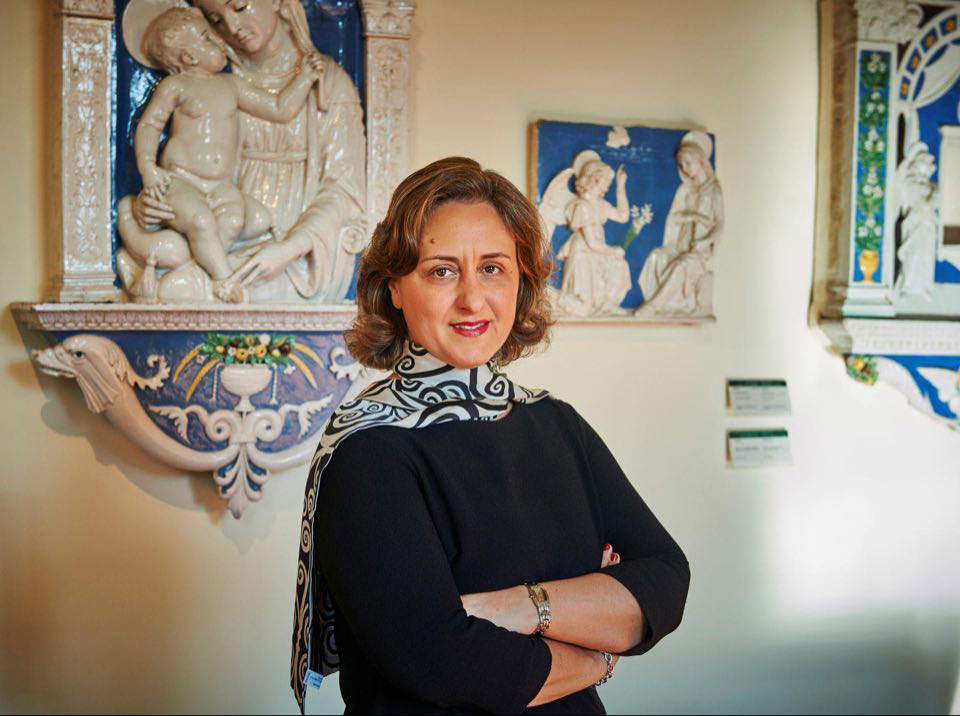 |
| Paola D’Agostino |
FG. Dr. D’Agostino, how were the activities during the weeks of closure in the Bargello Museums?
DP. We closed to the public on March 8, after which we spent a week organizing in record time thanks to the collaboration of the staff and all those involved, because the ministry was not used to working under agile working arrangements: in March we had only two employees under this regime, an official and an administrative assistant, who last August had begun an experimental MiBACT agile working project. As of March 13, therefore, we found ourselves having to apply it to everyone, and by everyone I mean not only the functionaries and administrative staff: we put in place, in a very short time, a project schedule also for the fruition, reception and supervision staff. Moreover, throughout the period of the closure, the head of the technical office and I went to the museums at least once a week, alternately, or once a fortnight together, to tour and check the state of the collections and buildings. So, although we were in this privileged condition (it’s a very strange feeling) that allowed us to see silent museums of a very striking beauty, never before have we all felt the lack of visitors: so, in order to reach them, the art historian functionaries have developed communication talents, and together with our communication office, with the coordination of the communication officer, they have been active in creating a very effective and engaging Instagram campaign - From Bargello with love. In addition, there has been the security guard of the vigilance, which I have also publicly thanked several times, because not enough visibility has been given to the fact that all of our cultural places have remained safe: these workers provided security and still kept these very fragile and delicate places carefully guarded, and this was really commendable, considering also that we have a shortage of personnel that has not changed with the emergency, in fact it has worsened. So we created this group of valiant people who ensured the safety of the places and then gradually expanded in April, and the staff, although at a distance, have shown great capacity for organization, sense of duty, spirit of sharing, and perhaps this is a positive aspect of this whole tragic story.
Now that the reopenings have begun, the museums are moving a bit unevenly, because the reopening dates are not the same for everyone: when will the Bargello National Museums reopen? And beyond the mandatory requirements set by MiBACT, what additional measures do you plan to take to ensure a completely safe visit?
We will do a gradual opening, because the Bargello Museums are a very different and very delicate organism in that they consist of five individual monumental buildings that already have problems in times of normal access. We are studying unique routes with reduced visitor numbers, and the timetables are still being worked out. We will not be among the first to reopen, but we hope to open Palazzo Davanzati and the Medici Chapel Museum (with one-way routes and entrance quotas), while we will reopen the Bargello National Museum later in early August because we already had underway a series of tenders, including a very important and very urgent one for the security of the heritage, which includes the start of a conservative overhaul of the coats of arms of the podestà of the courtyard, the external facade and the medieval tower, which is the second tallest tower in Florence. So, for bureaucratic reasons, the work will only be able to start after mid-June, but we took the opportunity to start another very important work that cannot be postponed, and that is the refurbishment of the toilets for the public, which were outdated and totally unsuitable for emergency sanitary requirements, and it was a tender that we had awarded at the beginning of March. So at this point we prefer to reopen later, but with greater security. For the time when the Bargello National Museum will not be open to the public, we are preparing a series of content to be distributed also online through our channels in order to entice the public, so that it will give us time to tell even more about the Bargello, so that when the doors are reopened, visitors will be even more aware. For Orsanmichele and for Casa Martelli we are considering when and how to reopen, because they are places of great delicacy. There is to keep in mind that, as also said by the technical-scientific committee and reiterated by the Ministry, the openings will also be gradual in order to evaluate the flow of visitors, the progress of the pandemic, and in general all those precautions with which we have become accustomed to living with on a daily basis. Regarding visitation, the use of audio guides is suspended for now, although our concessionaire has audio guides that even well before the health emergency were scrupulously sanitized after each use. So, there are no problems on that, but as early as last December, we had already made downloadable brochures available on our website anyway, and so there is a section on our website, called The Bargello Museum at your fingertips, which allows any visitor to download content to their cell phone or tablet and come already equipped to make a visit on their own.
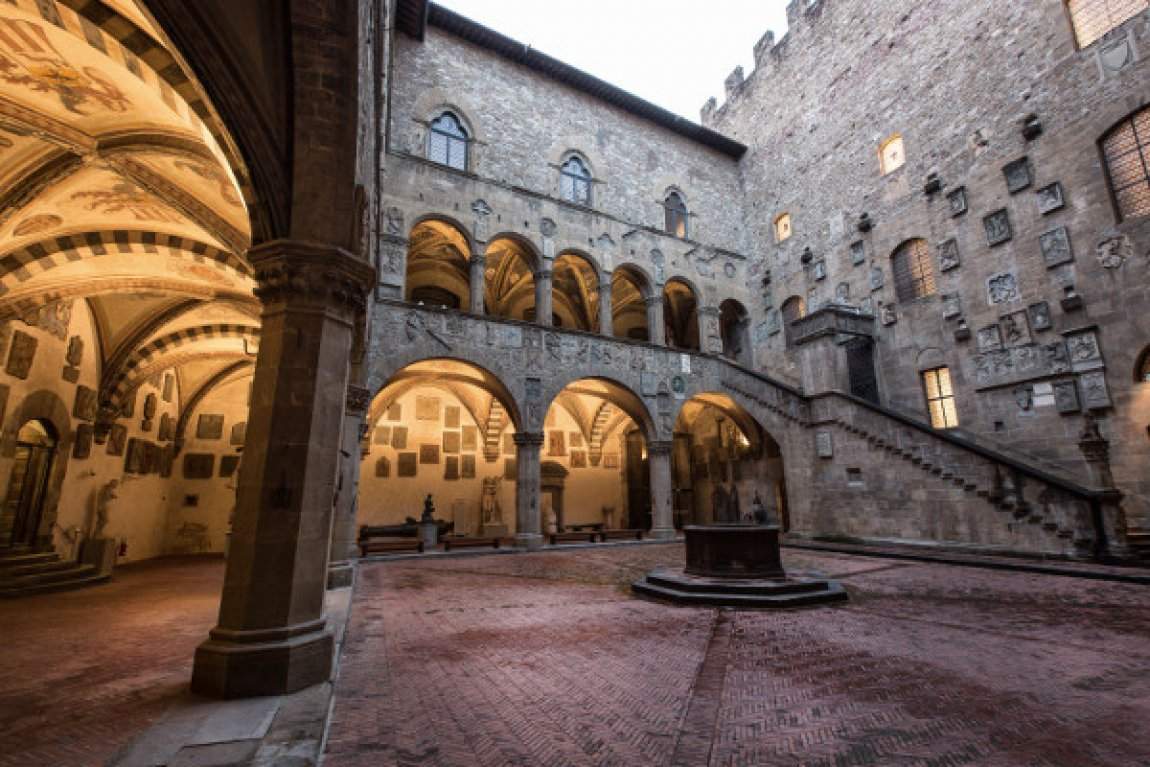 |
| The Bargello Museum |
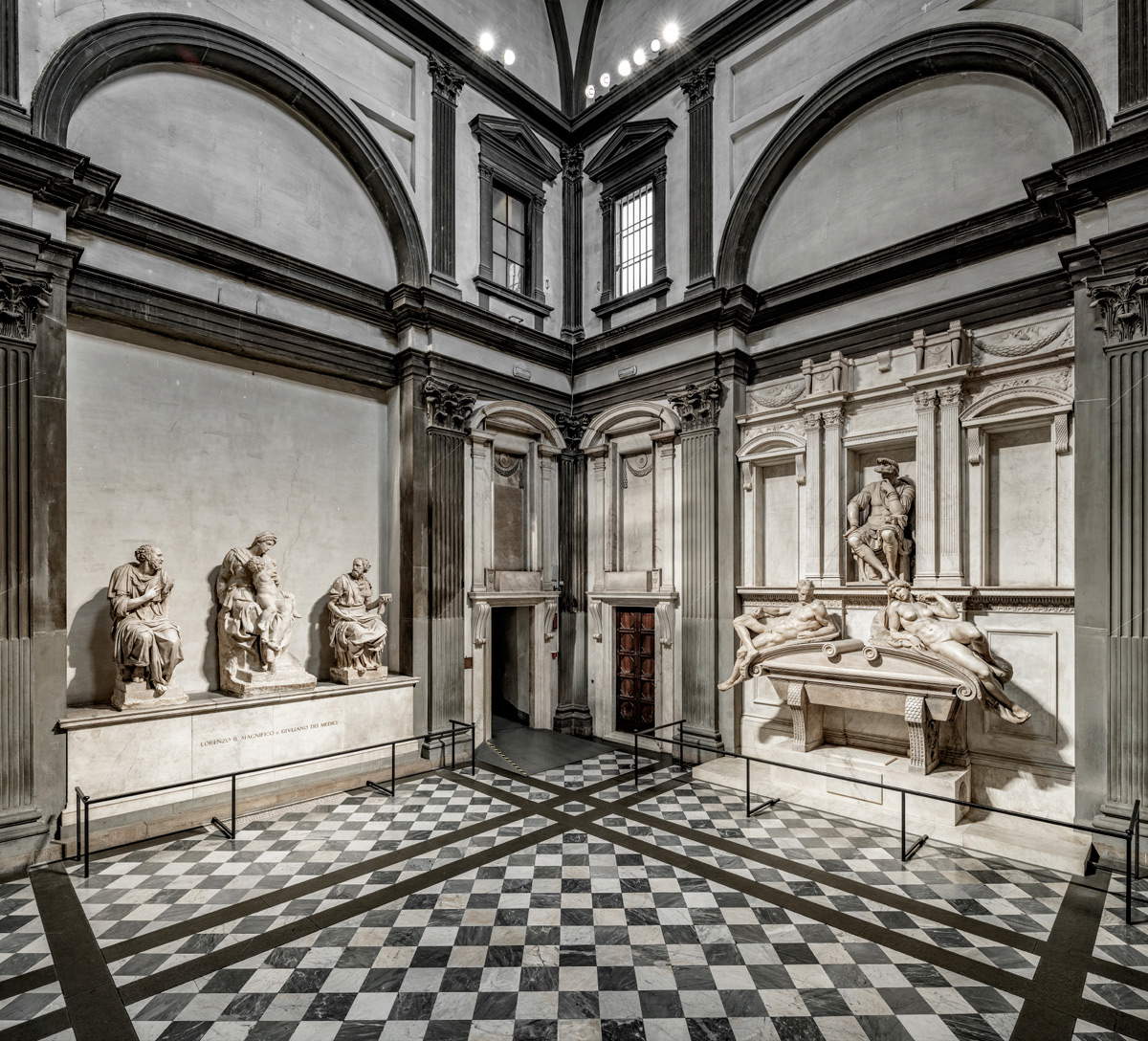 |
| Medici Chapels Museum, Michelangelo’s New Sacristy. Ph. Credit Andrea Jemolo |
You mentioned visitor flows: obviously we should expect drastic drops, partly because people will be afraid of being infected and therefore will move little, partly because they will be afraid of infecting others (experts, after all, tell us that no one can know how and how infectious it can be) and partly because experience (I think of Swedish museums never closed, even in the most acute stages of the epidemic) teaches that even when museums are open, respect and fear are such that numbers drop dramatically. So there will be a need to do some reconquest work that will perhaps go beyond the news about epidemiological trends. How to regain this confidence when the situation allows?
I think the idea of gradually opening the museums and equipping all the staff with the safety devices that have been requested will give the message that people will be able to go and visit museums quietly and safely, keeping their distance. That is why new plans will be made with which entrances will be monitored even more than before. Also, people, in some ways, will have a unique opportunity to be able to visit museums as if it were an extraordinary private visit, because by giving the ease of visiting not with the mass of people but with a limited number and with the possibility of one-way routes, it will allow people to see museums and exhibitions as if they were one, two or three visitors, thus also giving ample room to make a visit of an exceptional character. What we are aiming for is for citizens to take back their heritage. We always talk about tourism, about Florentines who felt sent away from their museums, but I think we need to do a deeper operation, which goes beyond encouraging people to come and rediscover their heritage, and insist that they can do so in peace, safely, and also with pleasure, because to those who are not passionate about art history it may seem like a nonsense, but going to the museum provokes a myriad of sensations and urges not only visual, but also associations: each work is looked at each time with different eyes, and the very idea of narrating works on digital channels was born precisely for the purpose of getting people to see many little-known works. Operations of this kind arouse curiosity, we have seen this even trivially with the comments on Instagram of many who did not remember that certain works were kept at the Bargello: our exhibition density is such that, of course, everyone knows about Michelangelo’s Bacchus, Bernini’s Costanza Bonarelli, Donatello’s David, Verrocchio’s works, but perhaps not everyone knows about the amazing collection of majolica, the ivories, the Islamic collection, the Giottesque frescoes with the earliest portrait of Dante, or the lace that we are now exhibiting during the exhibition Beauty and Noble Ornaments in Seventeenth-Century Fashion and Decor, and when we reopen the Medici Chapel Museum, the Chapel of the Princes will be able be enjoyed by those who come to visit the museums in absolute magnificence because on March 12, after more than 20 years, we removed the scaffolding, and today it is cleared, and it will be seen as many have never seen it (this certainly applies to those born since 1999), and many who had seen it in the past will probably not remember it. I myself, after seeing it completely empty, beyond the excitement, had a moment of bewilderment. Therefore, I believe that many who will approach their heritage will be able to have this renewed feeling of surprise: lately there has been a focus on creating the event, the occasion, the exhibition, on going to a museum because there is something to see, and consequently presenting this something as a spectacle that either you see now or you will never see again. This aspect will certainly continue to be part of visiting museums, however, what distinguishes all Italian museums from the rest of the museums in the world is that we are a permanent exhibition: therefore, coming back to see them again and again is to give oneself the privilege of surprising oneself and discovering them a little bit at a time, without the anxiety of wanting to see everything at once because then it disappears.
The link between citizens and heritage is another of the fundamental themes that is being stressed a lot these days, and the measures on tourism included by the government in the relaunch decree also point in part to this invitation to rediscover our heritage. The numbers, however, are very merciless, because the latest Istat statistics note that in one year 69 percent of Italians have never entered a museum, while it goes up to 75 percent if we talk about exhibitions and 80 percent for archaeological sites. What is there to do to stimulate a curiosity that we have clearly not been good enough at arousing? What strategies, what innovative elements can we introduce to stimulate a response from Italians?
Italians do not go to see their museums, but when they travel abroad they are voracious visitors to museums in other countries. That said, I think we need to have a multi-level communication campaign. It is true that digital communication is having tremendous success, but it is also true that Italian visitors have such a high age group that half of the population has limited or no access to digital, so so many things need to be explained in print, with ad hoc communication campaigns that I hope MiBACT undertakes first of all at the central level, as it did when it started the spot L’arte ti somiglia or the spot for the 2020 Art Bonus, precisely with the aim of giving a sense of ownership of public heritage. I also believe that a profound cultural change is needed (although we cannot expect it to happen in the few months until the end of 2020) for which all of us, professionals and citizens, will have to get used to becoming a bit of a tourist in our cities. I also say this as someone who has often worked abroad: every time I returned to Italy it was a surprise to me. And I would point out to my family members that they did not realize that they were living in such a wonderful country. I hope that as people resume going out on a regular basis and also overcome what is a justified psychological fear (because now everyone is afraid of each other), everyone will have to learn to rediscover their own culture, their own city, the beauty of enjoying one’s city, and this is a cultural operation that will take time and will obviously have to rely on the input of schools and universities, which will play a key role. However, channels such as print media and television are key tools at this time so that our heritage is told. Of course, trade magazines like yours already do this every day, but this does not apply to generalist newspapers: starting to make it clear that art news can be part of our everyday life I think helps everyone and helps the awareness of the fact that we are all temporary users, but if there is no awareness of the fact that culture is essential in our lives, we will not be able to transmit the essentiality of the service to future generations either, and this in my opinion is the most serious danger.
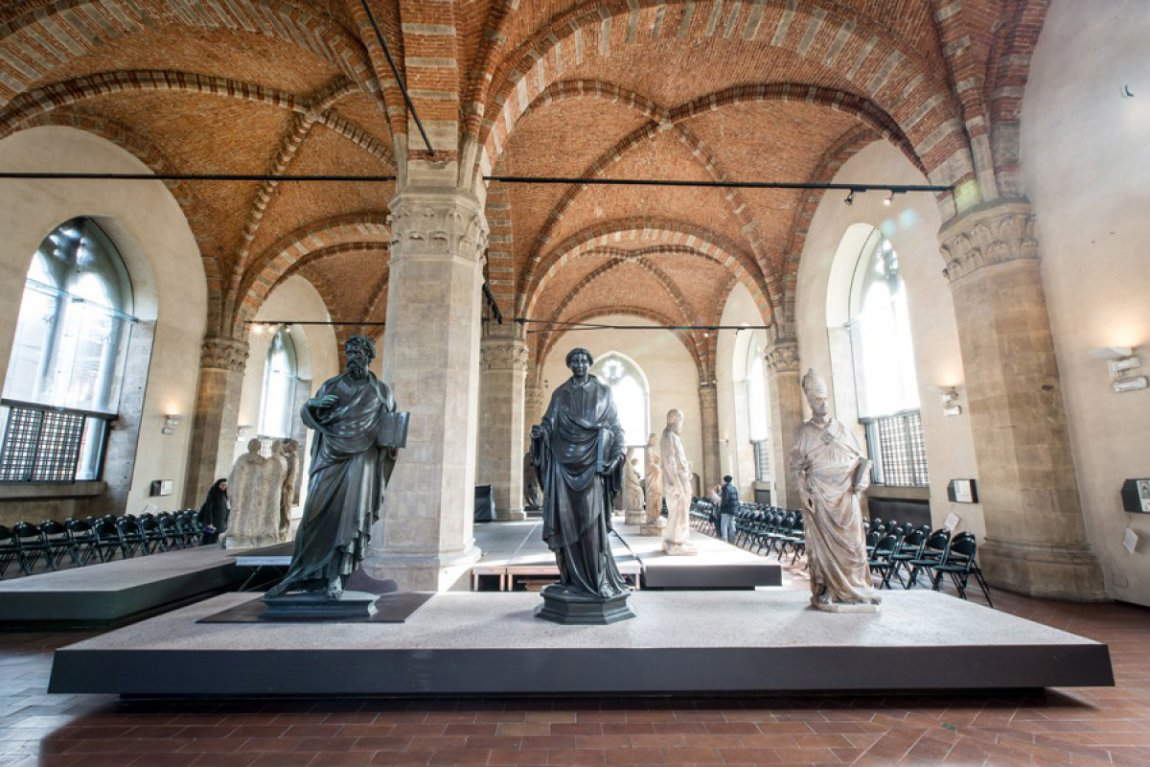 |
| The Orsanmichele Museum |
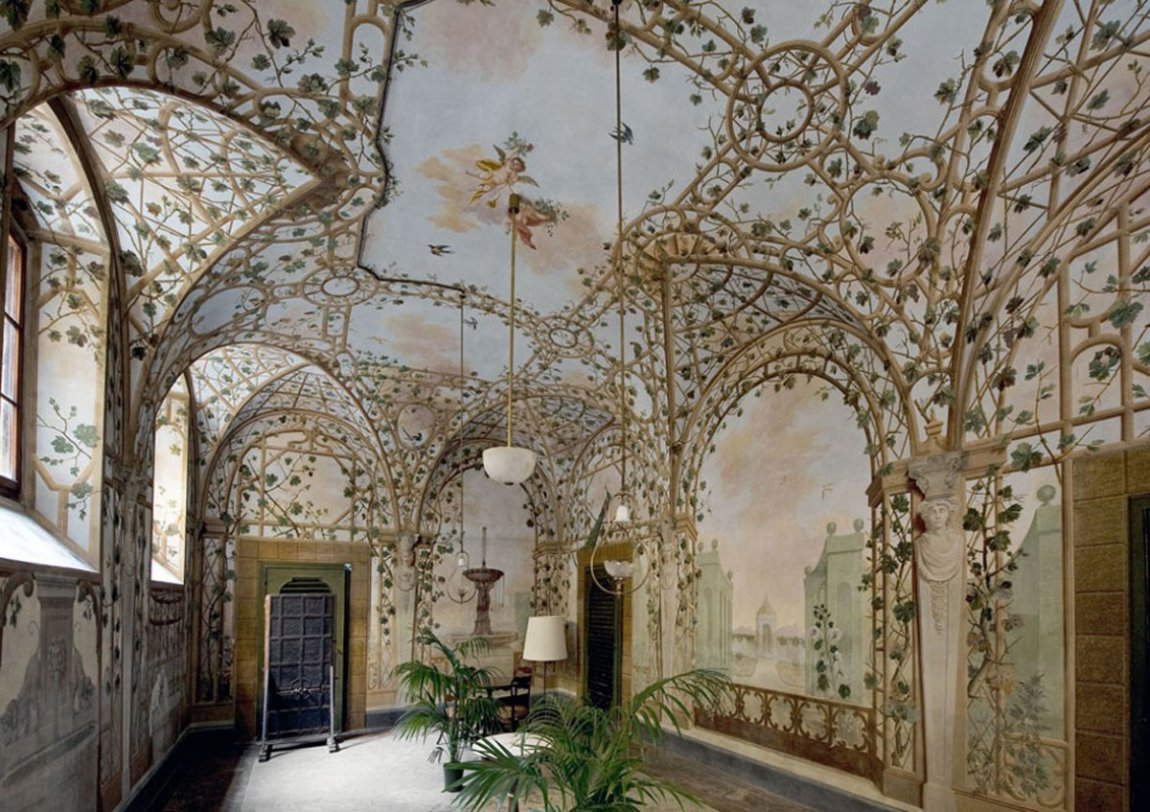 |
| Martelli House |
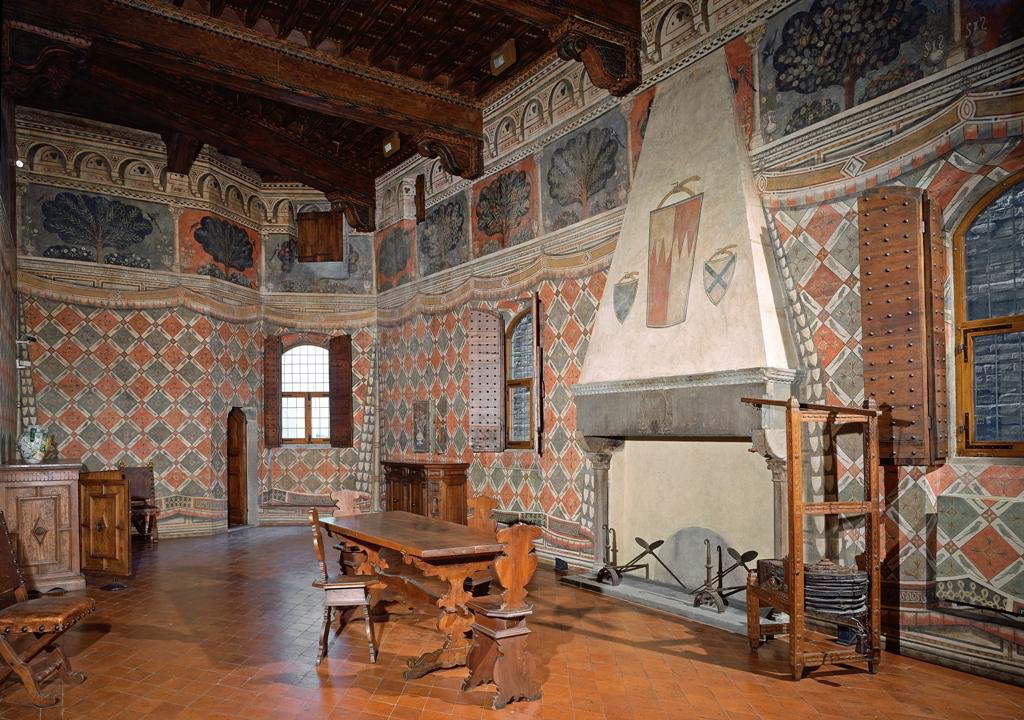 |
| Davanzati Palace |
Speaking of dangers. It was news a few days ago that the Florentine civic museums will not reopen because reopening is not economically viable for them. From the point of view of economic sustainability, how are the state museums doing? More importantly, what have we done wrong to get to the point where an alderman for culture declares that he cannot reopen the museums because the city cannot afford it?
As far as the state museums are concerned, it is obvious that all of us will have losses, but they cannot be quantified yet, because we will only know at the end of the current financial year, and in this the autonomous museums are the hardest hit, since in these four years they are the ones that have been driving all the others. I can tell you that the Bargello Museums, which certainly among the autonomous museums in Florence are the least wealthy, between 2016 and 2020 saw a 37 percent increase in revenue. This will obviously not be there anymore. As far as sustainability is concerned, our projections were quite conservative for 2020 because we already knew that we would be engaged in a lot of refitting and renovations: so if we exclude the Bellezza e nobili ornamenti exhibition, we had not put any exhibition on the calendar, and we are preparing for the Dante celebrations in 2021, but again with budget forecasts all to be redone. I believe that if at the end of the year we have had a 50% drop in visitors it will already have been a huge success: for this we have to rely on Italians, on grassroots tourism, on rediscovering one’s region and on small daily actions, because anyone will buy a coffee, go to the hairdresser, buy a take-out pizza, eat in a restaurant or visit a museum will help their fellow citizens, help themselves and help their country. As for the second question, let me say that I do not know enough about the situation in the municipality to be able to make a judgment: I know that they are working seriously, and we are in constant contact with Alderman Sacchi (I know that they have done so much in this period to keep the attention on the heritage of civic museums alive). On our side, we are state museums, we are essential services, so we will do experimental openings and together with maybe a few others we will probably lead the way. Perhaps what we have done wrong is not believing enough in ourselves, but I am not saying this rhetorically, I am saying this because in the end there are so many museums in the world that will not reopen or will reopen in a reduced form: even, so many large museums abroad are planning layoffs and furloughs. However, all this has not come to Italy, and it is not talked about enough: I personally live stories of dear colleagues who are in great difficulty. So maybe instead of always criticizing, at this time we should also appreciate the enormous effort this country is making with a full-bodied decree-law (because no one has been forgotten): for once, let’s invest in ourselves, let’s restart safely when we can do it, let’s invest in Italy, because this is something that has never been done in the last 30 years. Since the 1980s Italy has been very much projected on what others are doing and on trying to do as others do, but maybe if we try to do as we know how to do we can once again become the example, as we have been in so many historical periods.
To conclude, a hypothesis about what might happen in Italian museums by looking at what is happening abroad. In some countries the measures are very strict: in Spain, for example, guided tours have been banned, a ban has been placed on events and, in general, on all activities involving groupings of people (in France, on the other hand, the measures are softer: activities can be done provided that the safety distance is respected). Assuming that strict measures are applied that do not allow guided tours, events, or that there is the possibility to do only obligatory routes or that devices are introduced that will somehow change the visit, in your opinion, will the museum still be able to fully exercise its functions or will it have to reinvent itself?
First of all, it must be premised that we are facing such an exceptional situation that not even during the war did we experience this. In this pandemic period I have sought solace in past situations, and unfortunately there is not so much memory of how museums behaved during the Spanish flu epidemic, which is the only thing vaguely comparable with what is happening now. I just recently read the wonderful biography of Fernanda Wittgens (who remains a legendary woman): not even Brera closed all the time during World War II. That said, I really believe that one has to take it one step at a time. For example, the obligatory route could be a stimulus, because in any case it allows one to look at the works more carefully, with more space, with more meditation. Even a huge industry (and I’m thinking particularly of Florence) such as tour guides, which is completely brought to its knees by this situation, will be able to reinvent itself and thus focus on smaller groups, more in-depth tours, very limited groups, stopping in places less time but with greater quality. We will then have to discover parts of the museums that until now have been ignored, because tourists’ plans were to see, let’s say, seven museums in one day: maybe now tourists will see one or two but with a much richer itinerary from the point of view of information, visual experience, and quality of the visit. At Palazzo Davanzati, for example, we are working to always reopen the third floor, which until March 8 could only be seen by groups with reservations. To do this we will need communication campaigns. It would be necessary for television, the press, and digital channels to do even very brief in-depth reports in pills about our heritage and also to invite city councillors to discover different territories, to implement means of transportation that help reach places that today are unreachable: I give the example of the Medici Villas that are under the regional direction of the museums of Tuscany of Stefano Casciu, who is very good and very skilled, but until two months ago he was competing with the “giants” of the center. So this situation could offer us the possibility of rediscovering the Medici Villas in the summer, creating connections that could help us reach them. And then Florence has always had productive and investment capabilities as well, and I believe that on this the city, as it gradually reopens and experiments with routes, will find new solutions. For our museums, I think we will continue to entice those who come to see us to network, as they say, in the sense that we already last year launched our annual pass, the Uam Pass, whose acronym stands for “A Year at the Museums,” and which for 50 euros a year allows unlimited access to all museums as often as you want. I think we’re going to focus a lot on these tools and alternative experiences, also because in any case there are families suffering a huge financial crisis. Let’s also think about children: many of them, for various reasons, may be in the condition of not being able to go on vacation. However, children will be able to come and play in our museums, and by “play” I don’t mean playing in an unhinged way, but teaching them to look at the works from a perspective of intelligent play. In short, we are in tremendous difficulty, but I also believe that unique opportunities can arise from all the accidents, and from this point of view we will be able to put to good use many projects that we had experimented with in recent years (I am thinking, for example, of workshops for families, visits for the visually impaired, which will have to be rethought but in any case we hope to resume in the fall months). It is difficult now to make predictions tout court, because I think what we have to do first of all is to make Florentines and Italians fall in love with the museums, which they have two meters from their homes, which they will be able to visit safely, which they will be able to rediscover in an entirely personal and personal dimension. And also from what they will ask us we can equip ourselves, because this summer so many children will not be able to go on vacation but will be able to visit state museums for free, because even up to 18 years of age admission is free, because up to 25 years of age they pay 2 euros, because visiting a museum is also a way to spend time where you learn things with limited costs, given the economic situation, and we will work even harder to increase the offer of information, didactics, videos and everything that we have already started to do and that we plan to do even more and better to reach everyone, in all age groups.
Warning: the translation into English of the original Italian article was created using automatic tools. We undertake to review all articles, but we do not guarantee the total absence of inaccuracies in the translation due to the program. You can find the original by clicking on the ITA button. If you find any mistake,please contact us.